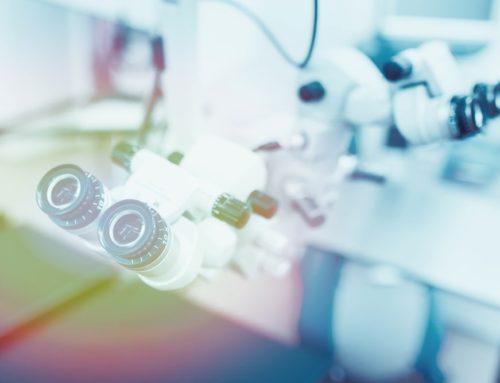Is laser cataract surgery better than traditional cataract surgery?
How does cataract surgery work?
Cataract surgery is a fantastic operation, improving the quality of vision for many people every year. Modern microsurgical techniques allow the removal of cataracts through tiny incisions of 1.2-2.75mm, making for faster recovery and visual rehabilitation after surgery. The incisions are usually made using high-precision surgical micro-instruments, resulting in safe and reproducible wound construction every single time. Once access to the cataract is achieved, the technique of removing it is called phacoemulsification. Often called Phaco for short, the lens is broken into small pieces and removed from the eye using vacuum and fluid irrigation.
Laser Cataract Surgery
Laser cataract surgery refers to how surgeons make the openings into the patient’s eye. In recent times surgeons have used a laser, known as a femtosecond laser, to construct these wounds and the opening to the lens capsule that holds the cataract. This laser is used for vision correction on the surface of the eye, another technique that requires high-precision technology. Refractive surgeons began to use the laser to make the incisions in patients requiring cataract surgery, and this is known as laser-assisted cataract surgery, or femtosecond cataract surgery.
It is interesting to watch the field of femtosecond laser surgery develop, to see how it can support other eye procedures. The technique of opening the lens capsule holding the cataract (capsulorrhexis) is one of the most difficult steps to learn when training in cataract surgery.
This step is critical to the success of the operation as the capsule is incredibly thin and will eventually hold the new lens implant. At 20 microns thick, the margin between success and the need for further surgery is very thin indeed.
Using a laser to cut the opening in the capsule arguably requires less skill on the part of the surgeon than opening it with microsurgical instruments, and the opening may be less resistant to surgical stress at the time of cataract removal. Nevertheless, as most cataract surgeons welcome the pushing of surgical boundaries, anything that may make cataract surgery even safer in the longer term is definitely worth exploring.
Which is better?
At present there is no evidence to suggest that laser-assisted cataract surgery is better than the “traditional” microsurgical procedure – the actual technique is the same.
Most insurance policies cover “traditional” microsurgical cataract surgery but not femtosecond laser operations. Microsurgical blades are still the instruments most commonly used in cataract surgery, with robust, long-term data supporting good outcomes from the National Ophthalmology Database Audit of cataract surgery. It is likely that your insurer will not cover laser-assisted cataract surgery for this reason.
What matters most is that you have an experienced cataract surgeon who has verified, audited outcome data, who is someone you “connect” with during your consultation. Modern cataract surgery can truly transform your quality of life, so if you are struggling with blurred vision don’t put off making an appointment. Come and discuss how cataract surgery can make a difference to you.








Leave A Comment